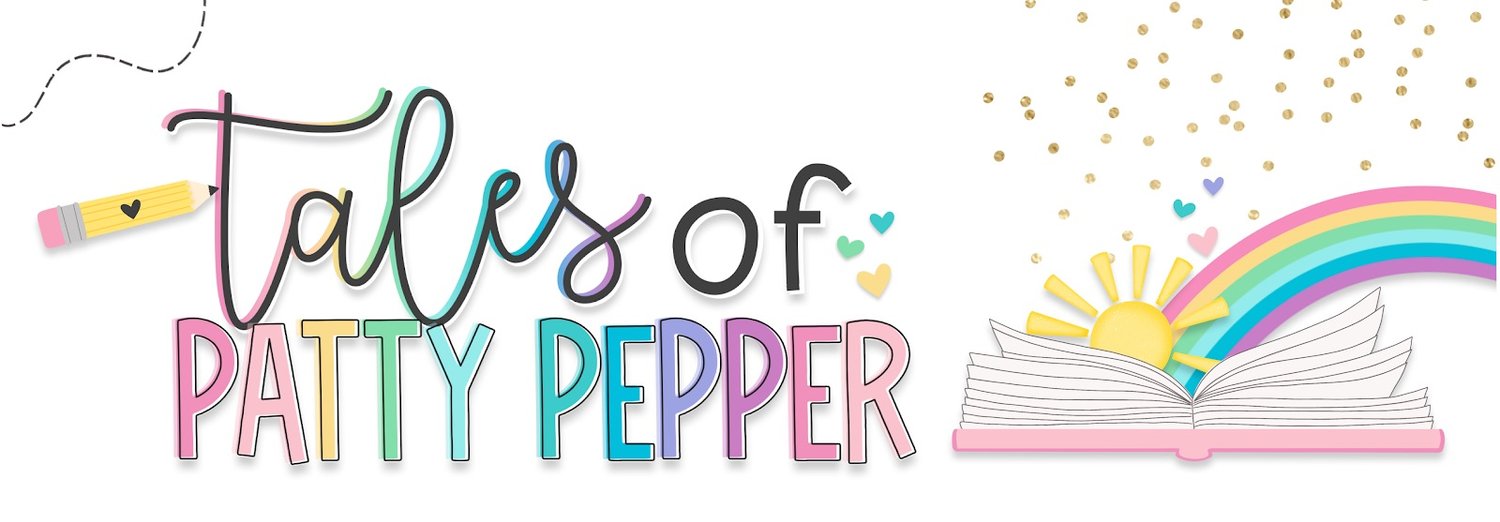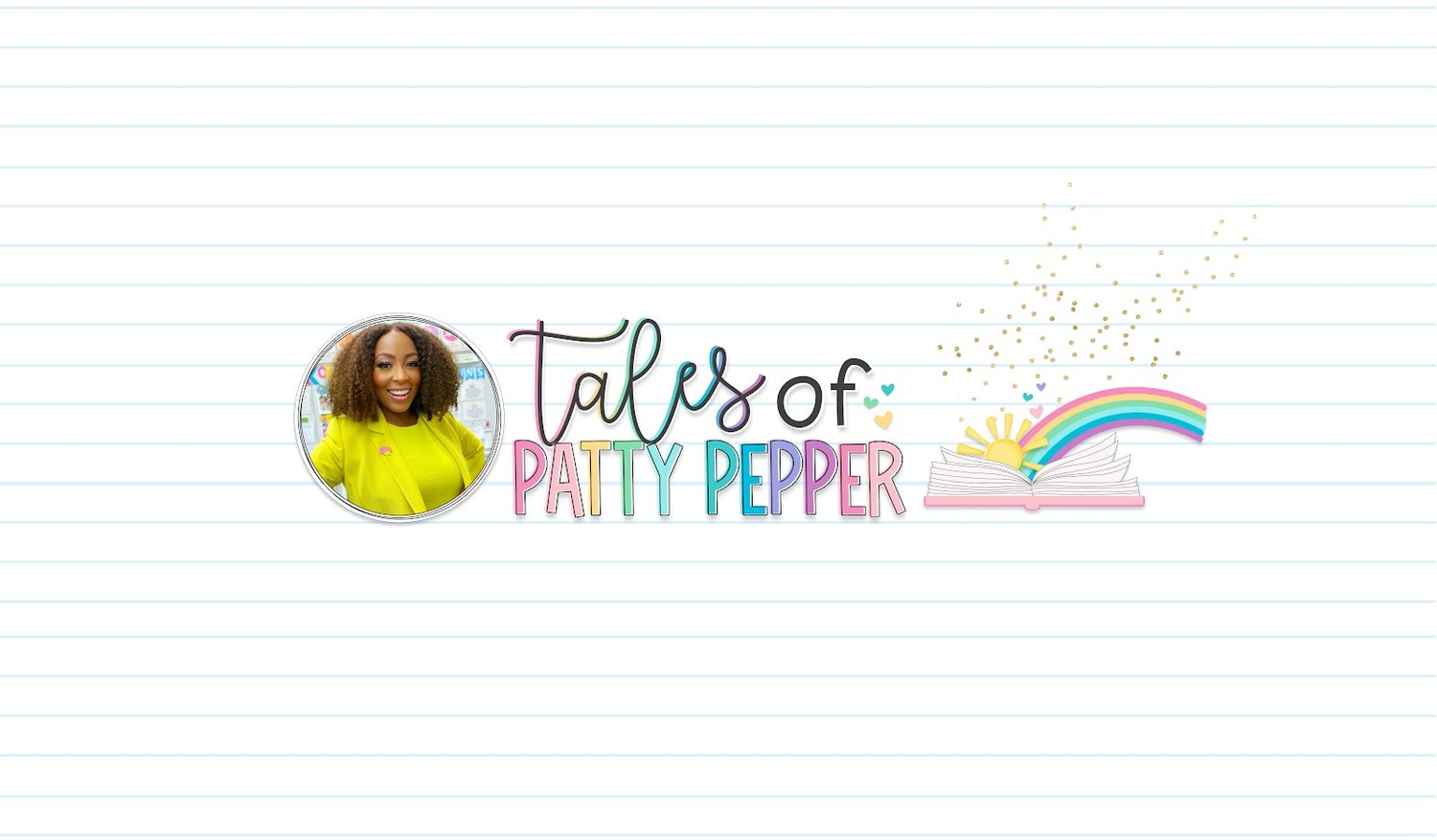Celebrating Kwanzaa & Resources
Kwanzaa is a time of learning, family, and celebration. During the week of Kwanzaa, families and communities come together to share a feast, honor their ancestors, affirm the bonds between them, and celebrate African and African American culture.
Kwanzaa celebrates what its founder called the seven principles of Kwanzaa, or Nguzo Saba (originally Nguzu Saba—the seven principles of blackness). Each of the seven days of Kwanzaa is dedicated to one of the following principles, as follows:
Umoja (Unity): To strive for and to maintain unity in the family, community, nation, and race.
Kujichagulia (Self-Determination): To define ourselves, name ourselves, create for ourselves, and speak for ourselves.
Ujima (Collective Work and Responsibility): To build and maintain our community together. To make our brothers' and sisters' problems our problems, and to solve them together.
Ujamaa (Cooperative Economics): To build and maintain our stores, shops, and other businesses and to profit from them together.
Nia (Purpose): To make our collective goal the building and developing of our community. This is to restore our people to their traditional greatness.
Kuumba (Creativity): To do always as much as we can, in the way we can. This is so that we can leave our community more beautiful and better than we inherited it.
Imani (Faith): To believe with all our heart in our people, our parents, our teachers, our leaders, and the righteousness and victory of our struggle.
Kwanzaa symbols include a decorative mat on which other symbols are placed, corn and other crops; a candle holder with seven candles called a kinara; a communal cup for pouring libations; gifts; a poster of the seven principles; and a black, and red, and green flag. The symbols were designed to show the seven principles.
During Kwanzaa, families decorate their households with objects of art. They use colorful African cloth such as kente, especially the wearing of kaftans by women. Fresh fruits that represent African idealism are also used.
Interesting facts about Kwanzaa
In the kinara, the one black candle represents the unity of the people.
The three green candles represent the future of African lands and communities.
The three red candles represent the past bloodshed of African ancestors.
*The first US postage stamp to recognize Kwanzaa was issued in 1997.
"Kwanzaa is not a religious holiday, but a cultural one." ~Maulana Karenga
I love reading different books about Kwanzaa but my favorite is 7 Spooks of Thread. The book tells the story of seven Ashanti brothers who must learn to work together, while also demonstrating the seven principles of Kwanzaa.
Have you read the book or any other stories about Kwanzaa? Check out my latest resource here Seven Spools of Thread! I’ve included some stories about Kwanzaa here check it out! You may also like this LOW PREP Kwanzaa Activity Pack
Until next time,




